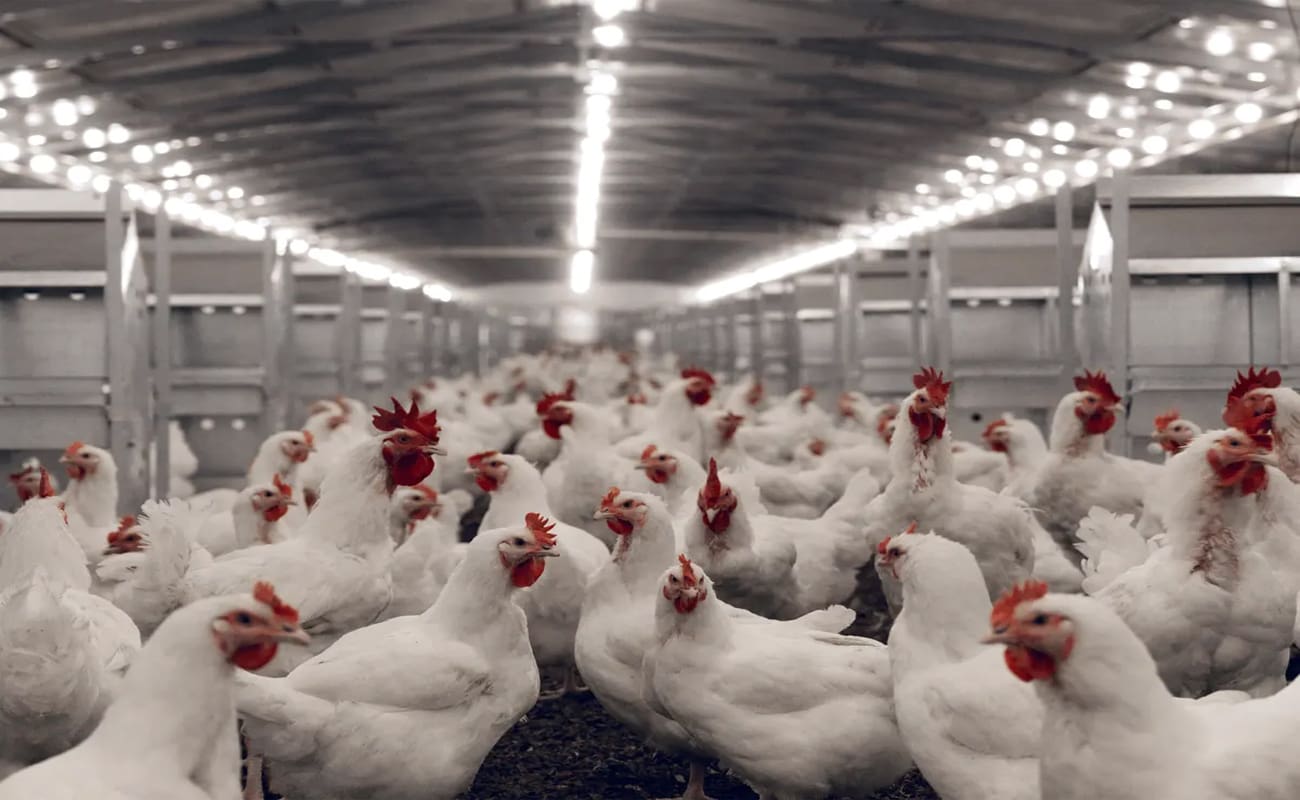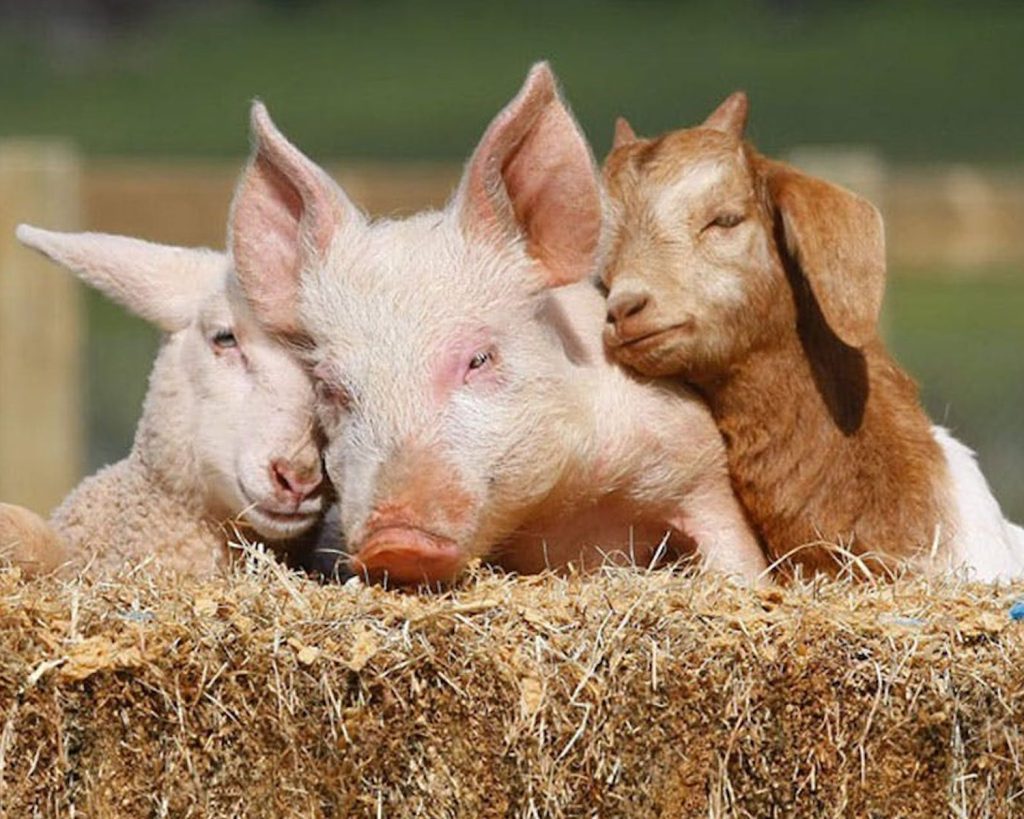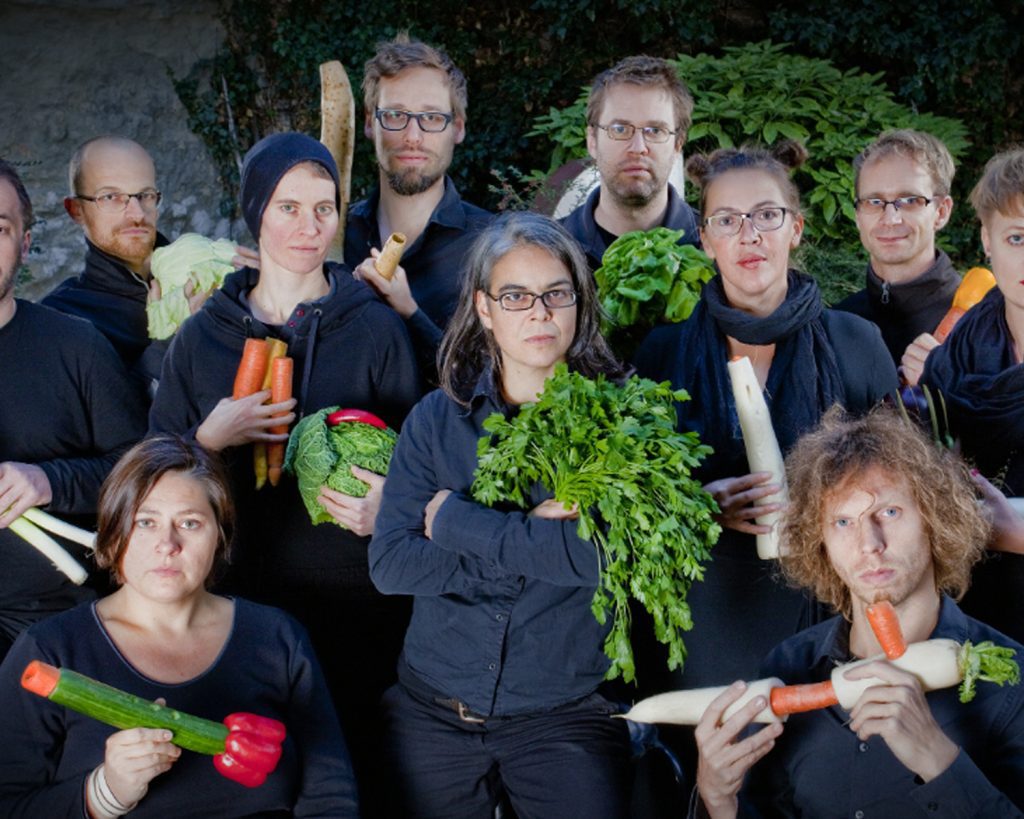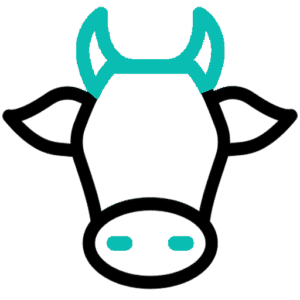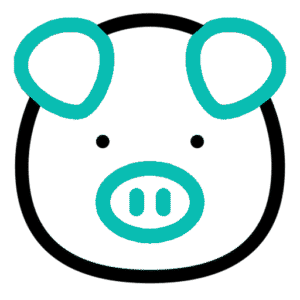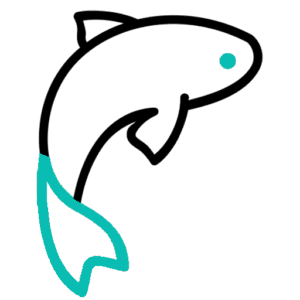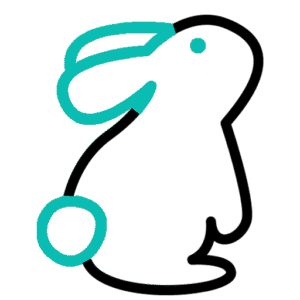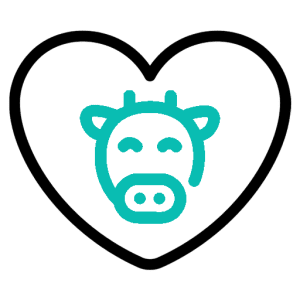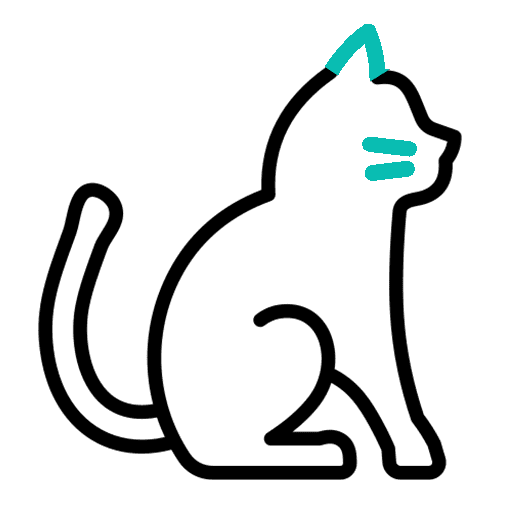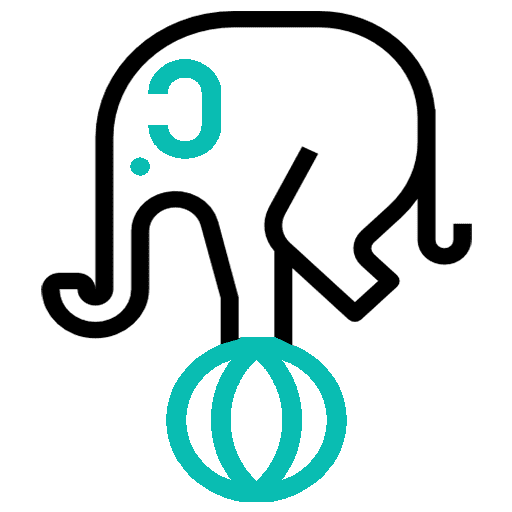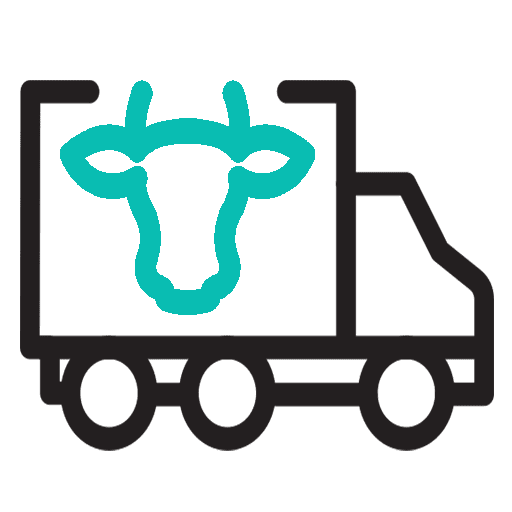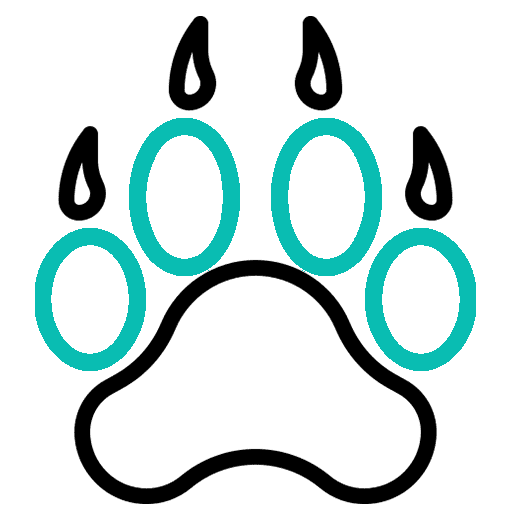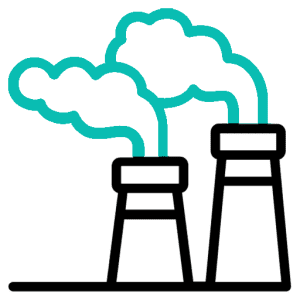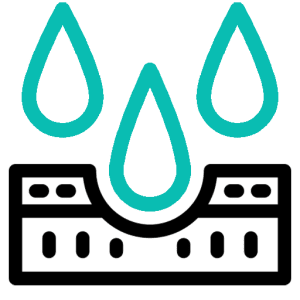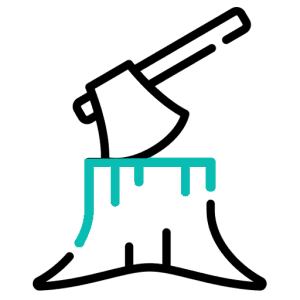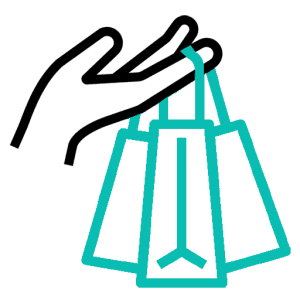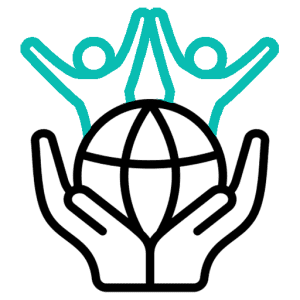Animal cruelty encompasses a wide range of practices where animals are subjected to neglect, exploitation, and intentional harm for human purposes. From the brutality of factory farming and inhumane slaughter methods to the hidden suffering behind entertainment industries, clothing production, and experimentation, cruelty manifests in countless forms across industries and cultures. Often concealed from public view, these practices normalize the mistreatment of sentient beings, reducing them to commodities rather than recognizing them as individuals with the capacity to feel pain, fear, and joy.
The persistence of animal cruelty is rooted in traditions, profit-driven industries, and societal indifference. Intensive farming operations, for instance, prioritize productivity over welfare, reducing animals to units of production. Similarly, the demand for products such as fur, exotic skins, or animal-tested cosmetics perpetuates cycles of exploitation that disregard the availability of humane alternatives. These practices reveal the imbalance between human convenience and the rights of animals to live free from unnecessary suffering.
This section examines the broader implications of cruelty beyond individual acts, highlighting how systemic and cultural acceptance sustains industries built on harm. It also underscores the power of individual and collective action—ranging from advocacy for stronger legislation to making ethical consumer choices—in challenging these systems. Addressing animal cruelty is not only about protecting vulnerable creatures but also about redefining our moral responsibilities and shaping a future where compassion and justice guide our interactions with all living beings.
The fashion industry, often celebrated for its creativity and allure, hides a disturbing truth beneath its glossy surface. Behind the fur coats and leather handbags that symbolize luxury lies a world of unimaginable cruelty and environmental destruction. Millions of animals endure horrific conditions—confined, exploited, and slaughtered—all to meet the demands of high-end trends. Beyond the ethical concerns, fur and leather production wreak havoc on ecosystems through deforestation, pollution, and excessive resource consumption. This article uncovers the grim reality behind these materials while exploring innovative alternatives that offer style without suffering. It’s time to rethink our choices and embrace a more compassionate future in fashion




